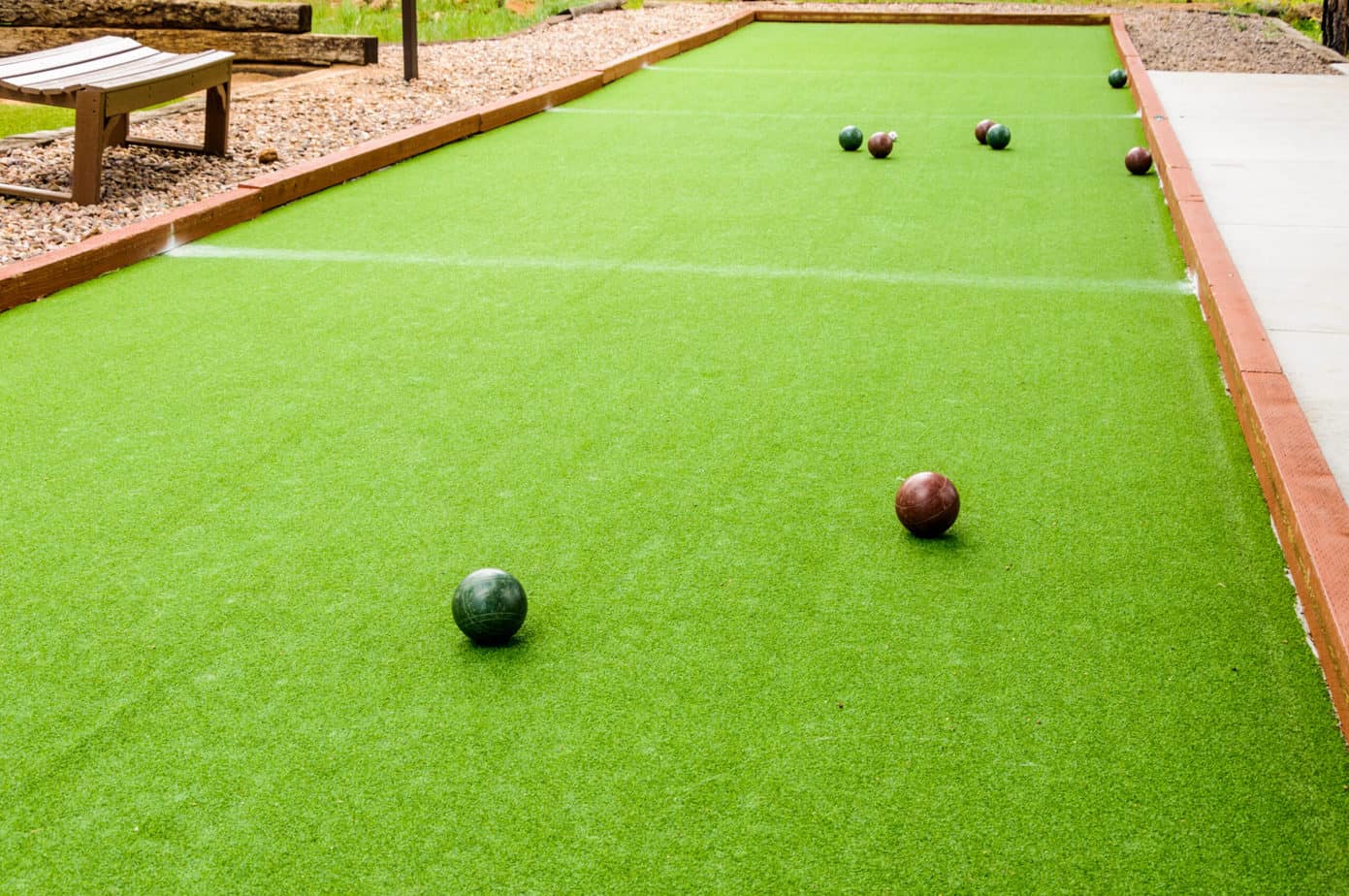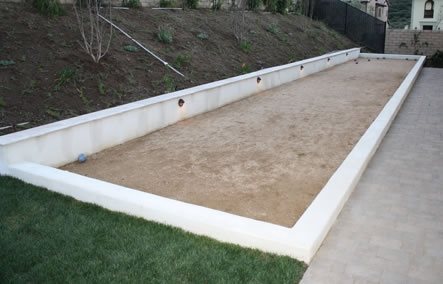Bocce Court Regulation Size
Bocce Court Regulation Size: The Ultimate Guide
Are you a fan of bocce ball? Do you enjoy playing this ancient Italian sport with your friends and family? If so, you may be considering building your own bocce court. One of the most important aspects to consider when constructing your court is the size. In this comprehensive guide, we will walk you through the bocce court regulation size, providing you with all the information you need to get started. So, let's dive in!
1. Dimensions of a Bocce Court
Before you begin construction, it's crucial to understand the recommended dimensions for a bocce court. The standard size of a regulation bocce court is 13 feet wide and 91 feet long. These dimensions allow for a fair and balanced game, ensuring that players have enough space to throw the bocce balls with ease.

When constructing your court, it's essential to measure the dimensions accurately. Failure to meet the regulation size may result in a compromised playing experience. Keep in mind that variations in court size can affect gameplay, especially if you plan on hosting tournaments or competitive matches.
2. Flooring Options for Bocce Courts
Another crucial aspect of building a bocce court is choosing the right flooring. The choice of flooring material can significantly impact gameplay and the overall feel of the court. Here are a few popular options:
Grass:

Grass courts provide a traditional and natural playing surface for bocce. The softness of the grass allows the bocce balls to roll smoothly, offering a consistent playing experience. However, it's essential to ensure that the grass is well-maintained and free of debris or obstacles that may alter the ball's path.
Synthetic Turf:
If you prefer a low-maintenance option, synthetic turf is an excellent choice. It offers a consistent playing surface and requires minimal upkeep compared to natural grass. Synthetic turf can also withstand various weather conditions, making it durable and long-lasting.
Crushed Stone:
Crushed stone courts provide a firm and level playing surface, ensuring the bocce balls roll smoothly. This option is relatively low maintenance, but it's vital to periodically check and re-level the stones, as they may shift over time. Additionally, crushed stone courts may not provide the same aesthetic appeal as grass or synthetic turf.
Ultimately, the choice of flooring material depends on personal preference and practical considerations. Evaluate the maintenance requirements, durability, and aesthetics before making a decision.
3. Marking the Bocce Court
Marking the boundaries of your bocce court is essential to ensure fair gameplay. Here's how to properly mark the court:
- Begin by measuring and marking the dimensions of the court using measuring tape and stakes.
- Use string or chalk to create straight lines along the length of the court.
- Divide the court into two equal halves using a centerline.
- Mark a foul line approximately 10 feet from each end of the court. This line indicates the point where players must throw the ball from.
- For doubles play, mark a second centerline to divide each half into two equal sections.
By following these steps, you can create clearly defined boundaries that adhere to the regulation size, ensuring a fair and competitive game.
FAQs
Q1: Can I make my bocce court smaller than the regulation size?
While it's possible to build a smaller court for recreational play, it's highly recommended to adhere to the regulation size whenever possible. Playing on a smaller court may alter the dynamics of the game, affecting strategy and ball movement. It's best to stick to the standardized dimensions for an authentic bocce playing experience.
Q2: Can I use a different type of ball on a bocce court?
The traditional bocce ball is made of hard plastic and measures approximately 4.2 inches in diameter. However, different variations of bocce balls exist, such as those made of metal or wood. While these alternative balls can be used for casual play, it's crucial to ensure that they comply with the regulation dimensions and have similar weight and rolling characteristics to maintain fairness during the game.
Q3: Is it possible to build a bocce court indoors?
Absolutely! If outdoor space is limited or you prefer to play bocce year-round, constructing an indoor bocce court is a fantastic option. When building an indoor court, consider factors such as flooring materials, lighting, and clearance space. Additionally, make sure to consult local building codes and regulations to ensure compliance.
Now that you have a comprehensive understanding of bocce court regulation size, flooring options, and markings, you're well-equipped to start your own bocce court construction project. Whether you choose to build a grass, synthetic turf, or crushed stone court, remember to measure accurately and maintain the regulation dimensions for the best playing experience. Have fun playing bocce and enjoy many competitive matches with your friends and family!
How Project And Construct A Bocce Court: Size, Dimension, Flooring, Marking
bocce marking measurements
Bocce Ball Court Diagram - Hanenhuusholli
 Image Source : hanenhuusholli.blogspot.com
Image Source : hanenhuusholli.blogspot.com bocce court rules diagram ball official basic lawn outdoor park game games boundaries sets quality
What Is The Bocce Ball Court Size? (With Costs) – Arcade Report
 Image Source : arcadereport.com
Image Source : arcadereport.com bocce outside
Bocce Ball Court, Bocce Court And I Am On Pinterest
 Image Source : www.pinterest.com
Image Source : www.pinterest.com bocce court ball backyard diagram size outdoor am regulation choose board
Bocce Ball – Backyard Games - Landscaping Network
 Image Source : www.landscapingnetwork.com
Image Source : www.landscapingnetwork.com bocce ball court mediterranean backyard scene green side ca landscaping yard games yards landscapingnetwork network 2691 chatsworth pool landscape use
How Project And Construct A Bocce Court: Size, Dimension, Flooring, Marking
 Image Source : colleonibocce.com
Image Source : colleonibocce.com bocce campi stratigraphy synthetic misure sintetici costruzione stratigrafia colleoni
Residential Bocce Ball Courts Designed And Constructed By Bocce
 Image Source : www.pinterest.jp
Image Source : www.pinterest.jp bocce builders constructed specialize makeupbrushes
Bocce Court Dimension Diagrams, Size, Measurements - SportsKnowHow.com
 Image Source : www.pinterest.co.kr
Image Source : www.pinterest.co.kr bocce boccia
Bocce builders constructed specialize makeupbrushes. Bocce ball court, bocce court and i am on pinterest. How project and construct a bocce court: size, dimension, flooring, marking. Residential bocce ball courts designed and constructed by bocce. Bocce ball – backyard games